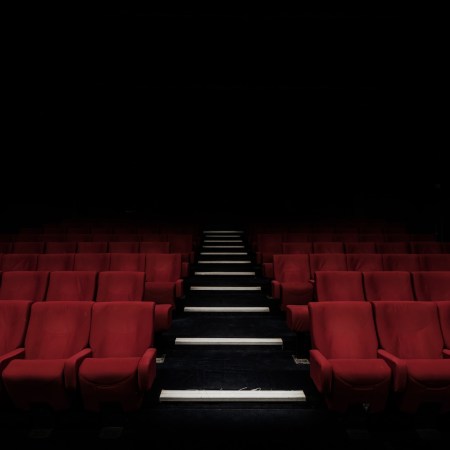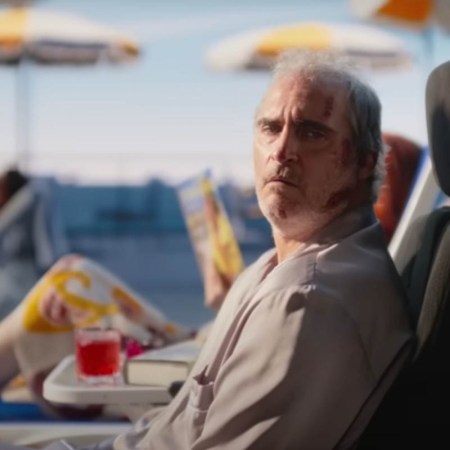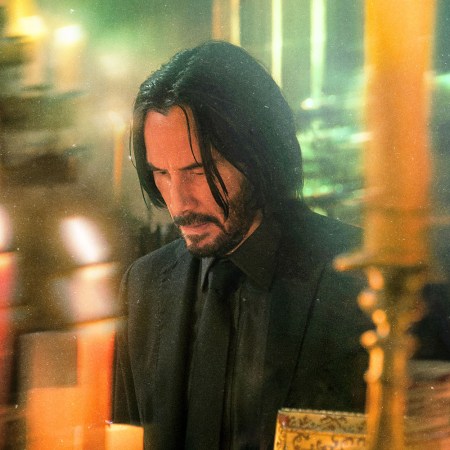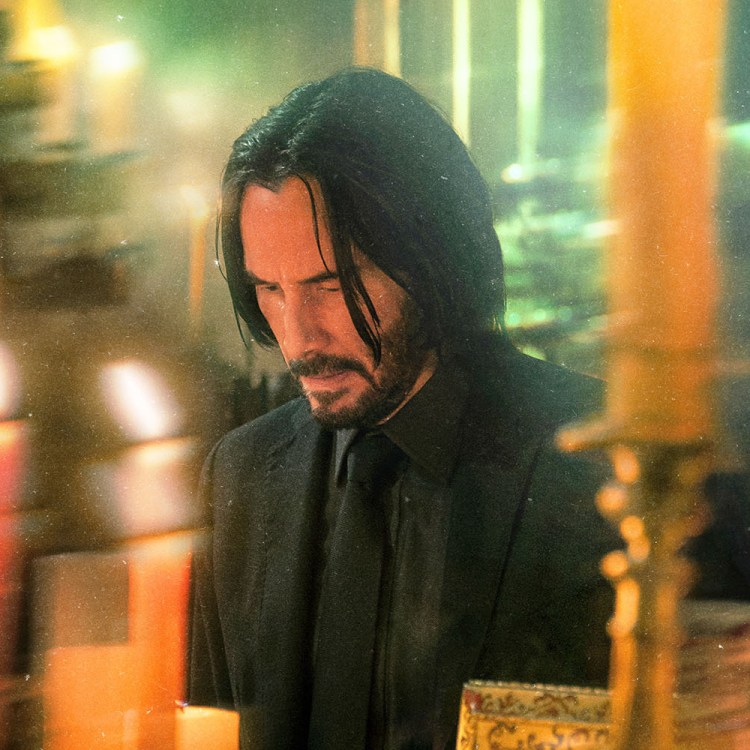What happens when a critically acclaimed film is deemed too extreme or too explicit for an R rating? That was a dilemma faced by many a film distributor in the 1980s and 1990s — a time when a certain group of arthouse films was considered too intense for an R, but which also didn’t exactly mesh with the X rating — which had, by then, become associated with porn.
It was out of this debate that the NC-17 rating emerged, becoming part of the cinematic landscape in 1990. Notable films that have been rated NC-17 include Shame, Showgirls and Pedro Almodóvar’s Bad Education. In a new article for The Ringer, Keith Phipps explores the history of NC-17. While it’s been an enduring presence in the American film world since then, it didn’t usher in a new era of filmmaking for mature audiences.
As Phipps writes, existing social mores prompted the new rating to have less of an impact than expected. “The promise of the NC-17 rating faded not long after its introduction,” he notes. “While NC-17 might have sounded more respectable, it still limited a film’s audience and cut into its post-theatrical life.” This included Blockbuster Video — ubiquitous at the time for those who wanted to rent movies — which wouldn’t carry any films with ratings stronger than an R.
The NC-17 films that are well-remembered, Phipps contends, are those that would likely have been cult hits anyway:
Two 1992 films capture the divide: Abel Ferrara’s Bad Lieutenant played the art houses it would play anyway with an NC-17 rating; Paul Verhoeven’s Basic Instinct played widely after making just enough cuts to somehow squeak by with an R.
The article makes for a fascinating look into an attempt to shift filmmaking culture — and how it both did and didn’t live up to its promise.
Subscribe here for our free daily newsletter.
Thanks for reading InsideHook. Sign up for our daily newsletter and be in the know.


















